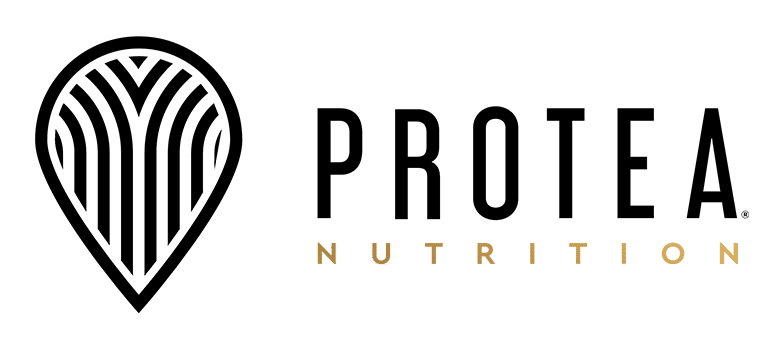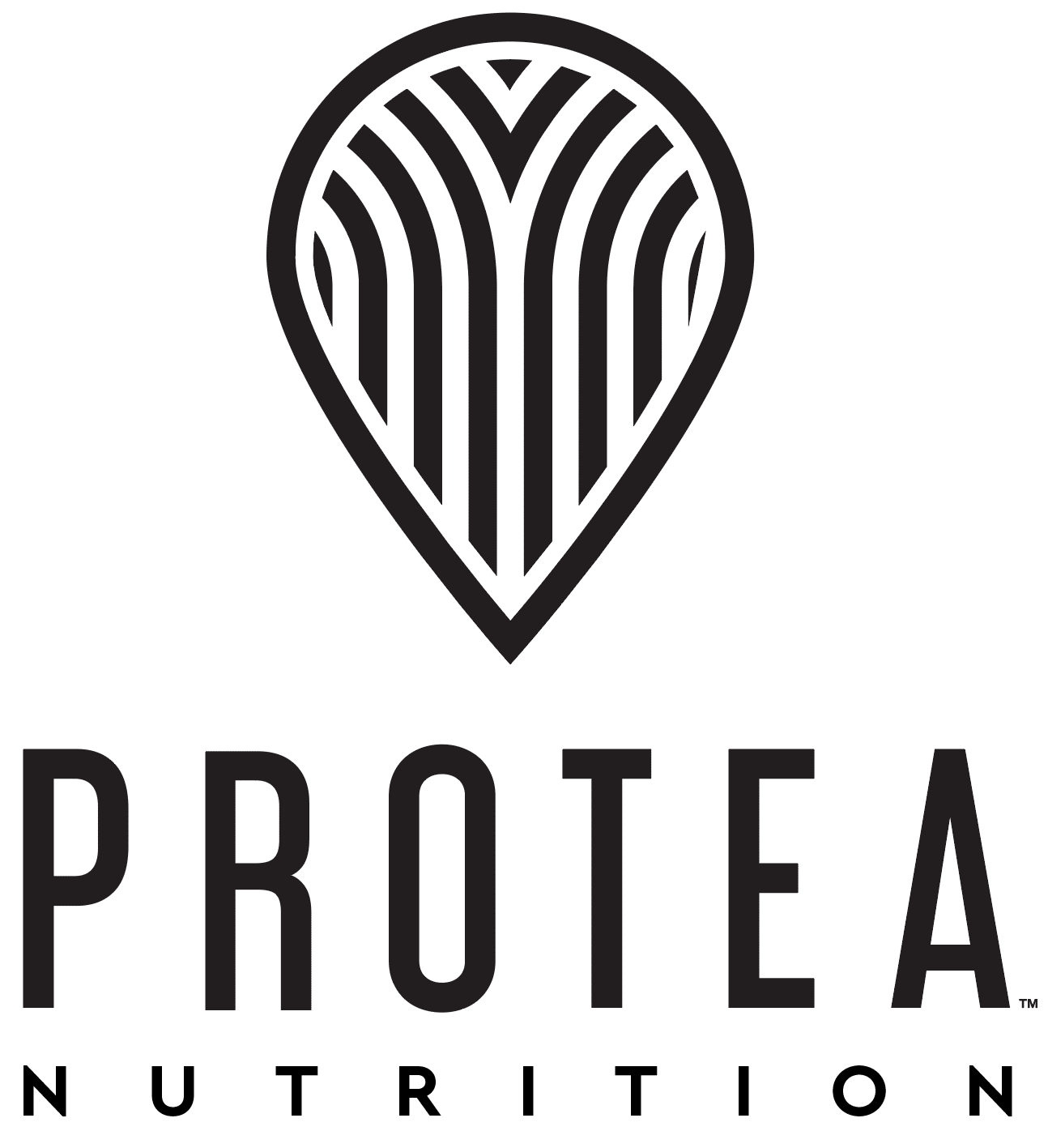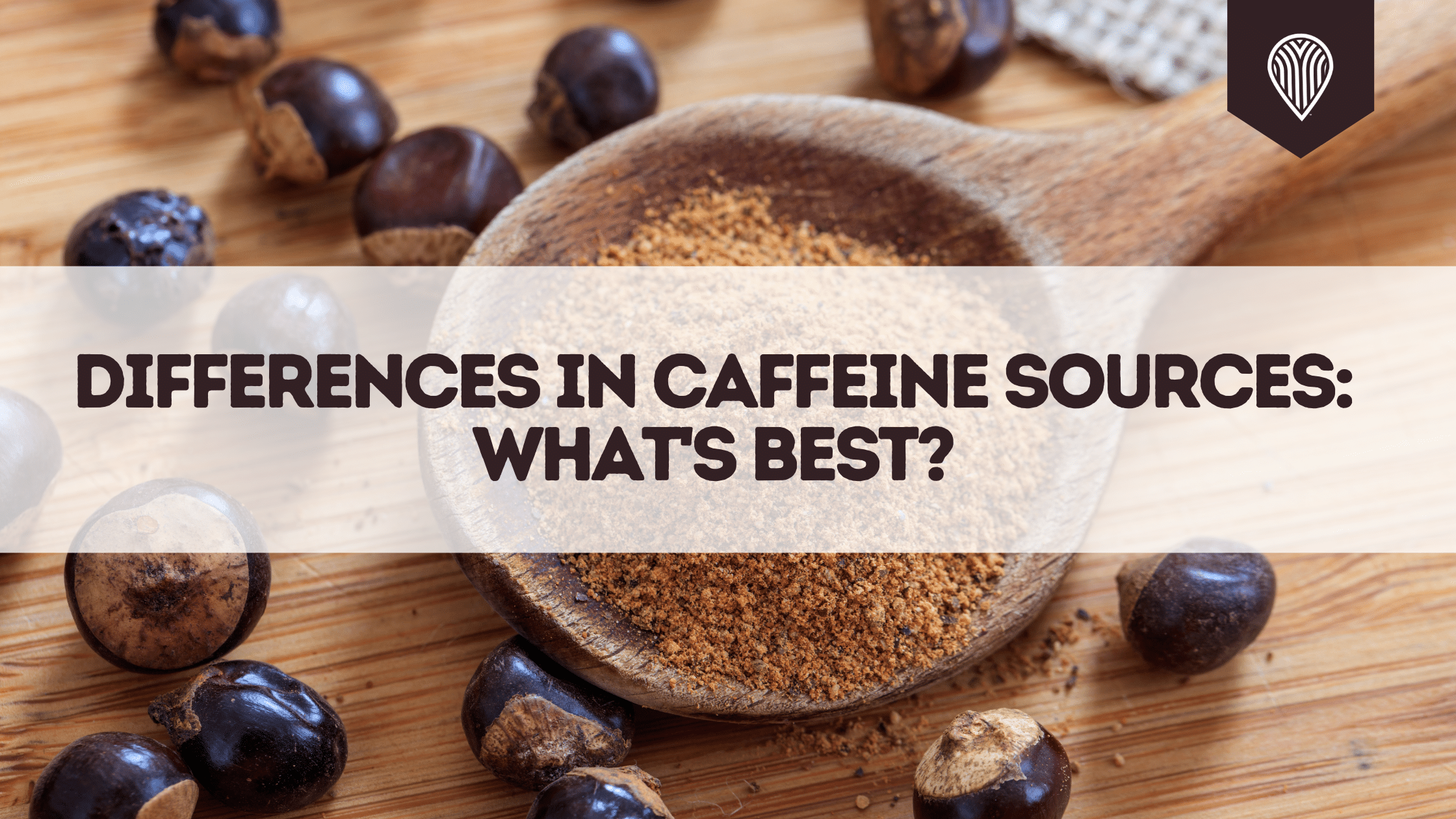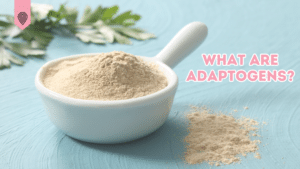Caffeine is a wildly popular stimulant for focus, energy, and stamina. We think of caffeine as the jolt that starts the day in our morning cup of coffee. Or perhaps, it’s the pre workout punch we need to power through a rigorous training session. How about as a midafternoon pick me up to squash the dreaded 2:30 feeling? But are all sources of caffeine created equal?
The short answer is no.
Caffeine can be extracted from natural sources as well as formulated in labs.

Natural Sources of Caffeine
On the natural side, there are over 60 different plants that produce caffeine. The popular of these are coffee beans, green tea, cocoa beans, and guarana beans. Coffee beans contain .8%-4% caffeine. They are used as either roasted coffee beans or green coffee bean extract. Green coffee bean extract keeps the antioxidants and alkaloids found in the bean, while roasting the beans diminishes these vitamins.
Green tea leaf extract contains about 3% but doesn’t pack the same amount of alkaloid benefits as coffee.
Cocoa bean extract contains far less caffeine than the previously mentioned sources at about .7%. However, to get the benefits of caffeine from cocoa beans, you will need to purchase cocoa solids. Much of the caffeine is processed out when turning cocoa beans into cocoa butter or chocolate. Like coffee beans, cocoa beans provide a variety of antioxidants and vitamins as well.
Guarana beans contain the highest percentage of caffeine when compared to these other natural sources. They contain about 3.2% – 7% caffeine, which is about double the amount in a single cup of coffee.
Guarana is often found in fat burning supplements due to caffeine’s fat burning ability.

Lab Processed Forms of Caffeine
Lab processed caffeine are those typically found in energy drinks and pre workout supplements.
Caffeine Anhydrous is the purest form of caffeine as it’s taken from natural sources and then stripped of all water and other vitamins and antioxidants from the source. Synthetic caffeine is produced with a much more concentrated form of caffeine and absorbed quickly into the body. Watch for signs of caffeine overload like jitteriness, nervousness, anxiety, diarrhea, and insomnia.
So, which is “best”?
That question depends on what you’re looking for! Research shows that in the case for weight loss, natural sources of caffeine seem to be more effective due to the addition of antioxidant, vitamins, and minerals from the plant sources.
If you’re looking for a quick jolt of energy, caffeine anhydrous may pack a quick punch. However, oftentimes since caffeine anhydrous is marketed inside pre workouts and energy drinks, you wind up consuming excess sugars, chemicals and other questionable ingredients that can cause more stress and inflammation in the body.*
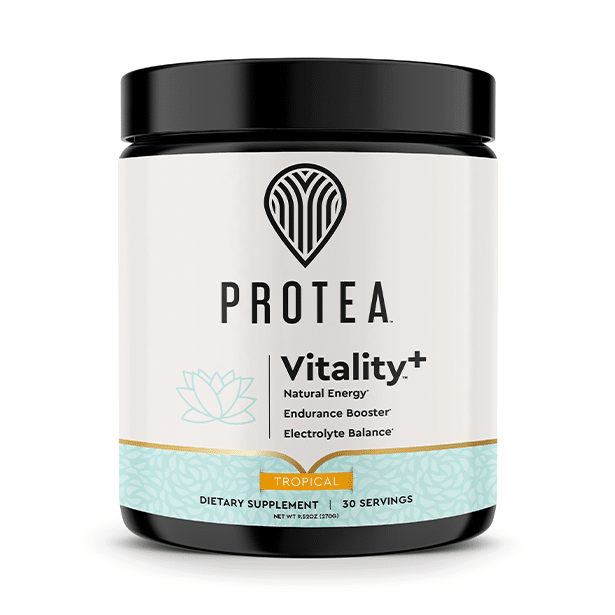
That why when formulating our pre workout, Vitality+, we chose natural sources of caffeine. Coffee bean and green tea extract provide the 100mg of caffeine per serving for clean, effective energy with no nasty side effects.*
*These statements have not been evaluated by the Food and Drug Administration. This product is not intended to diagnose, treat, cure, or prevent any disease.
